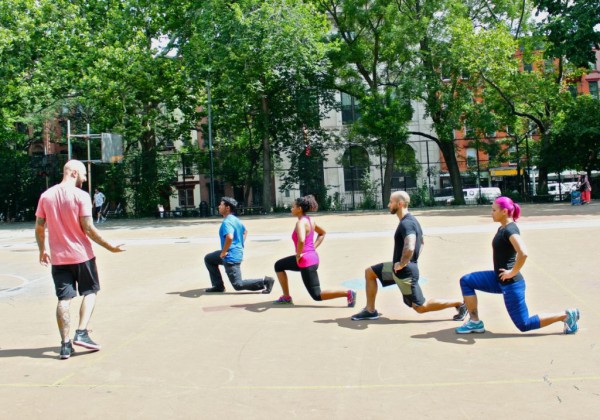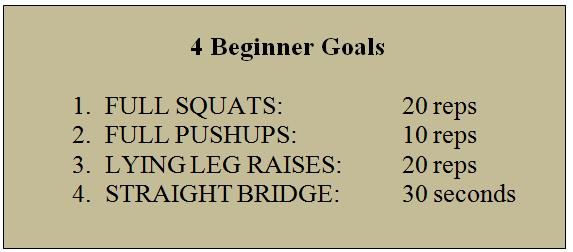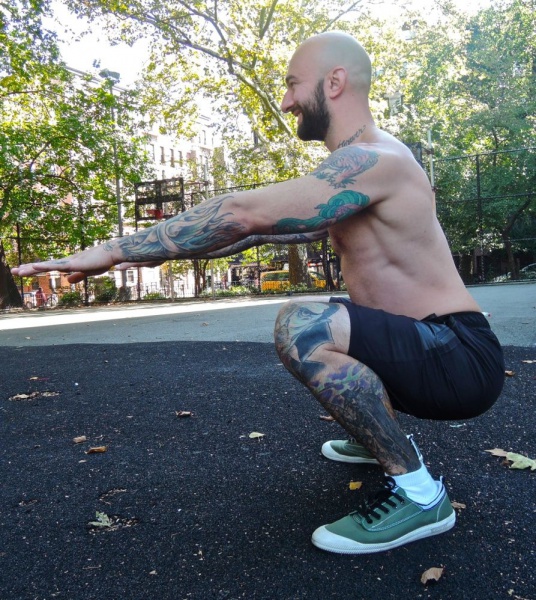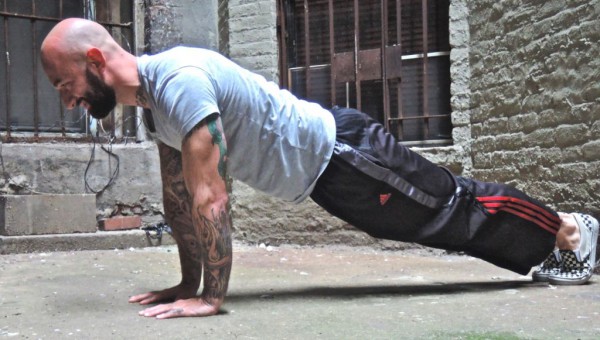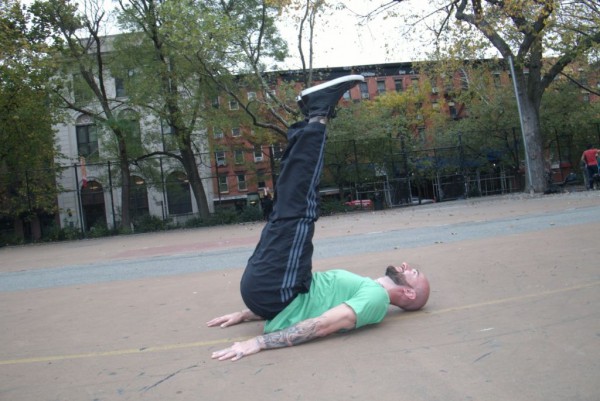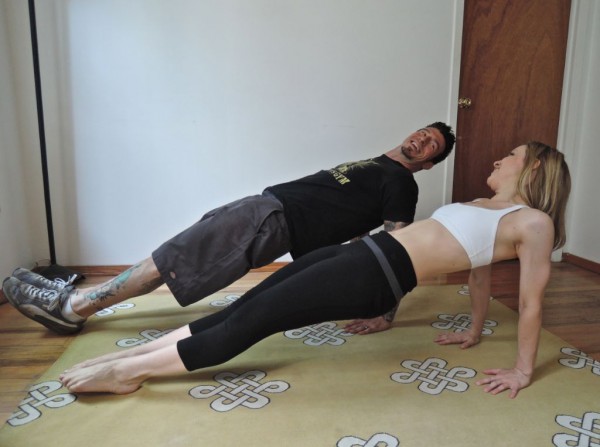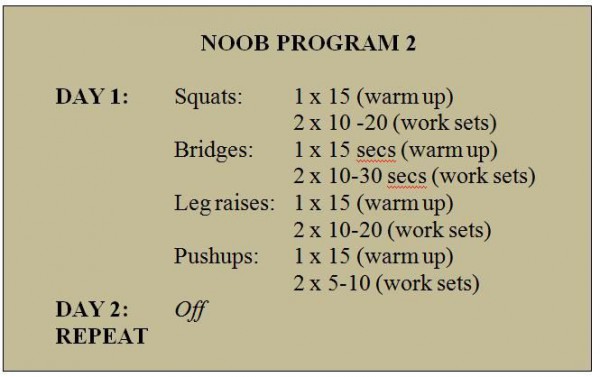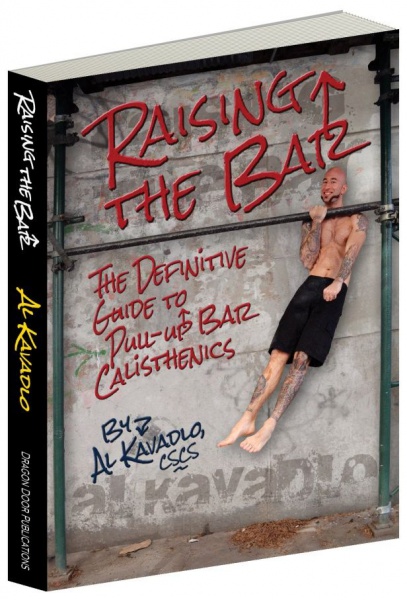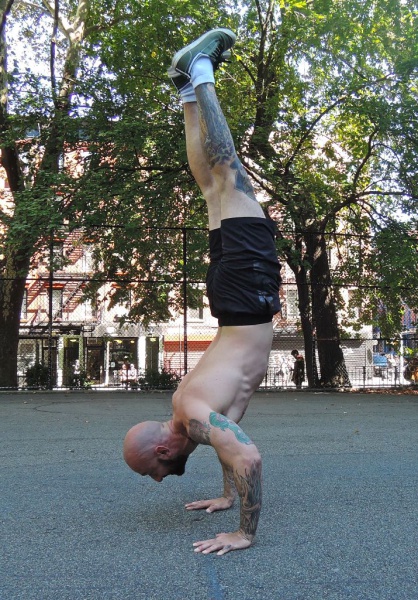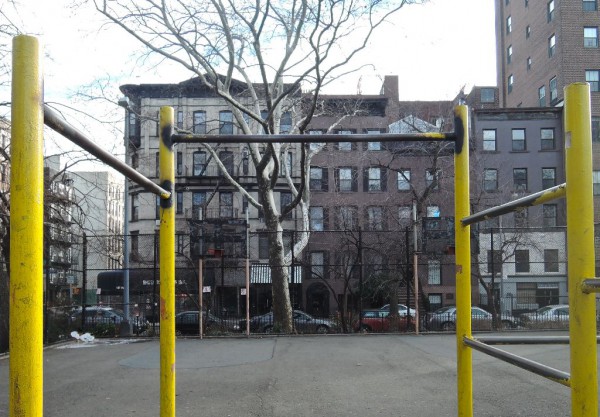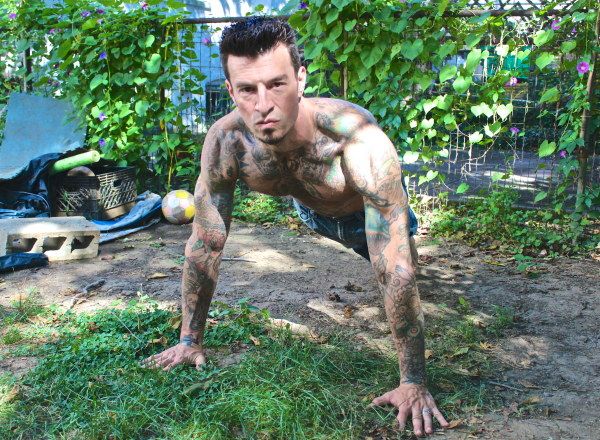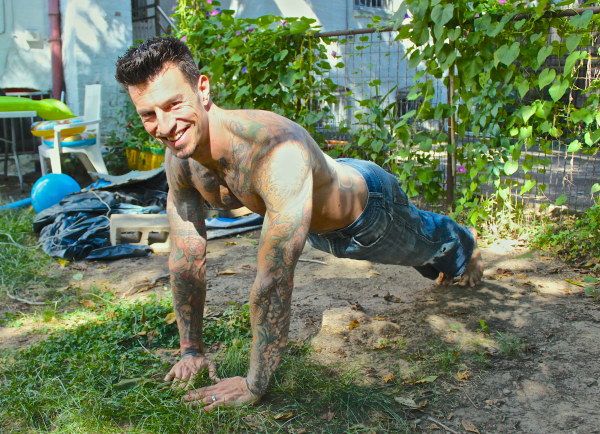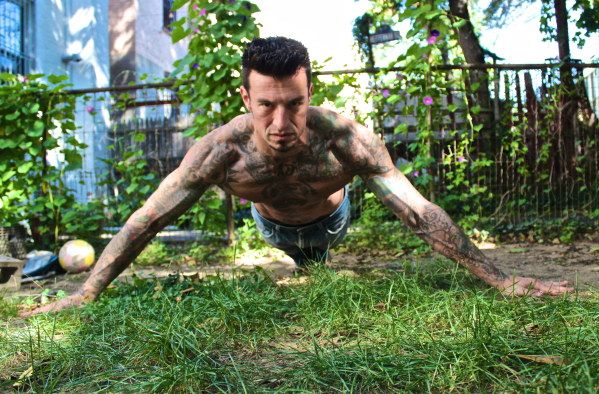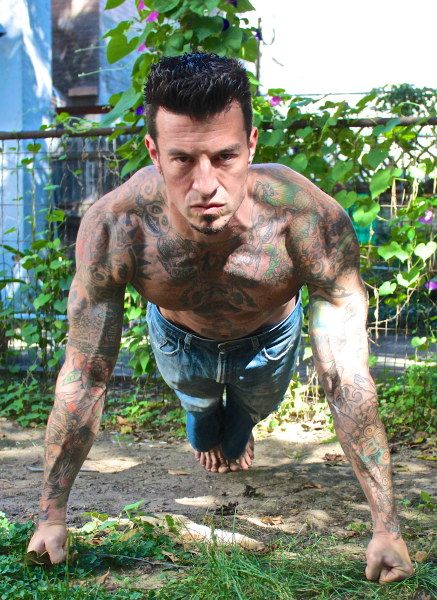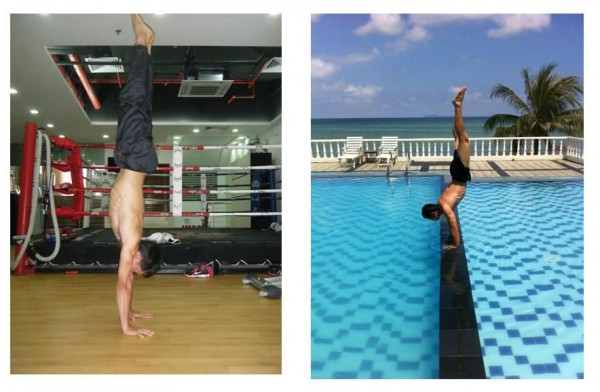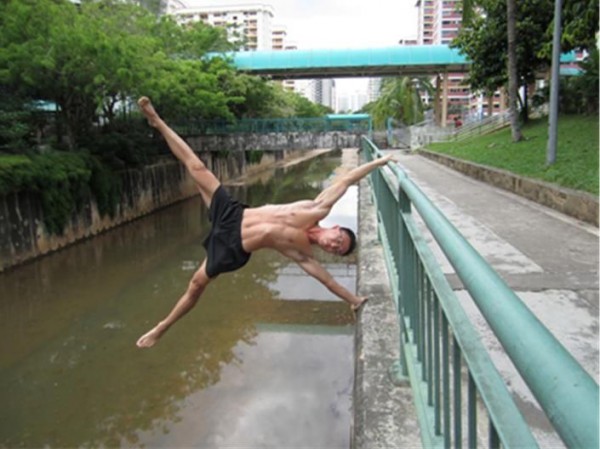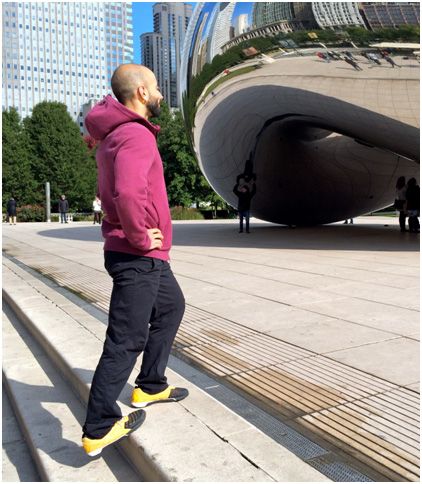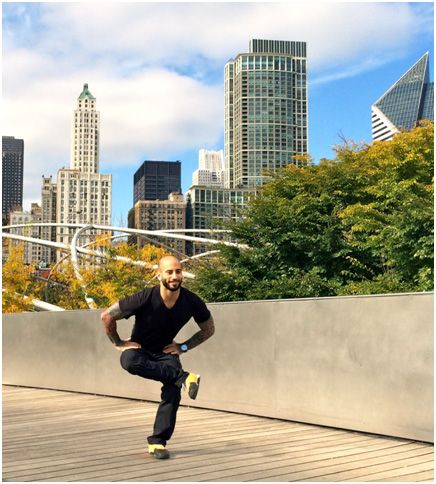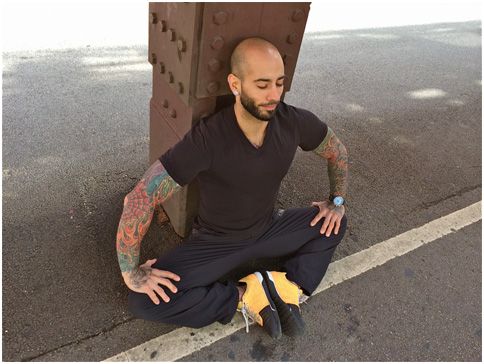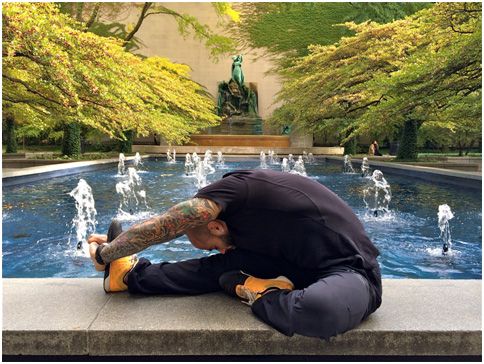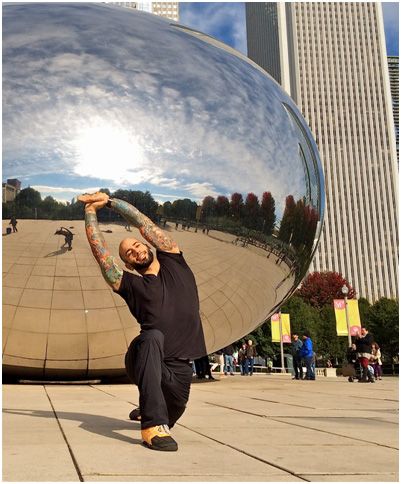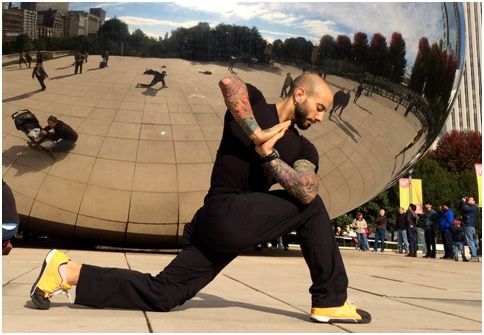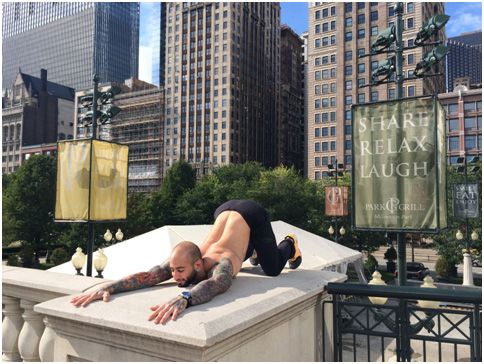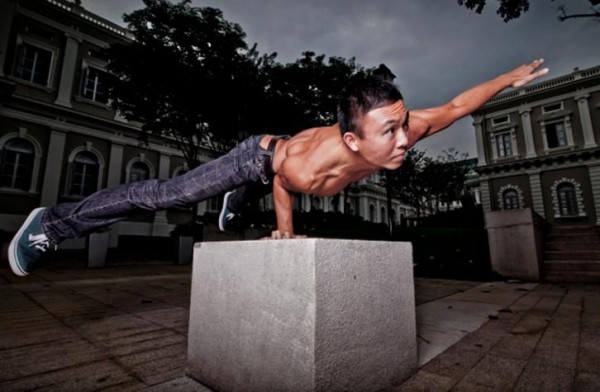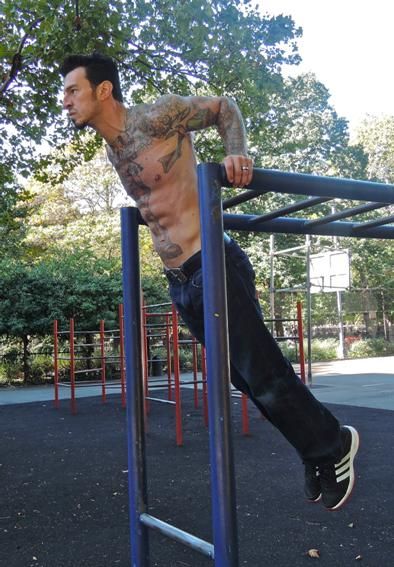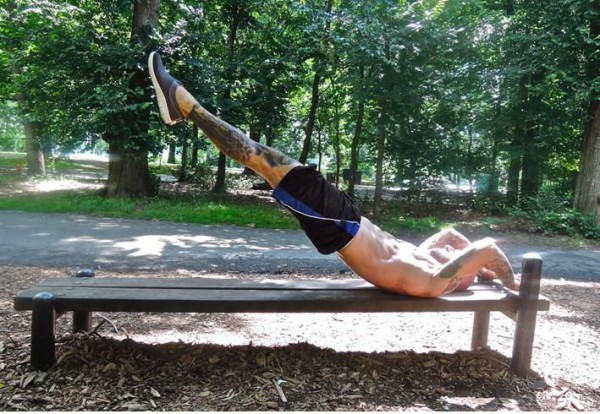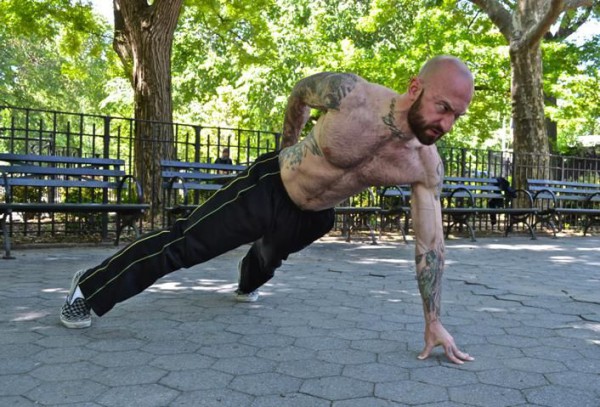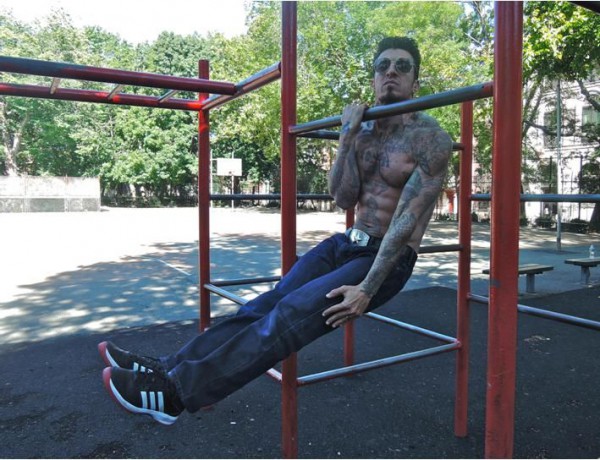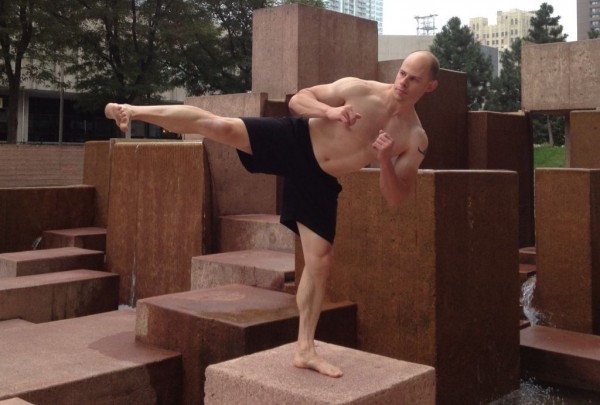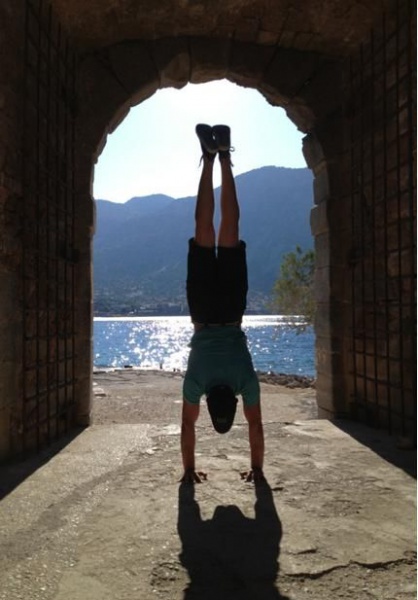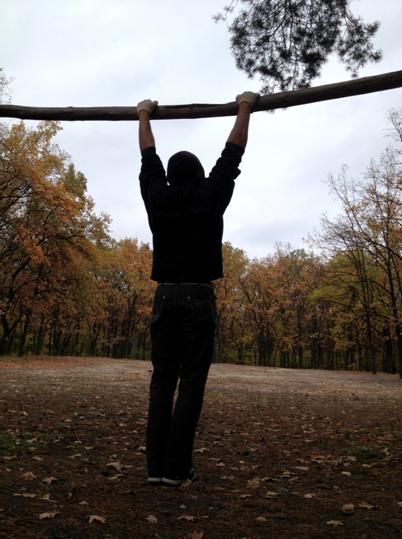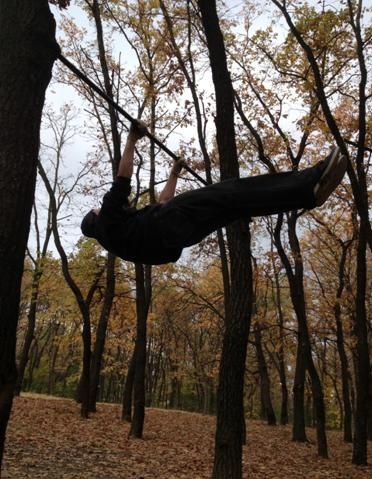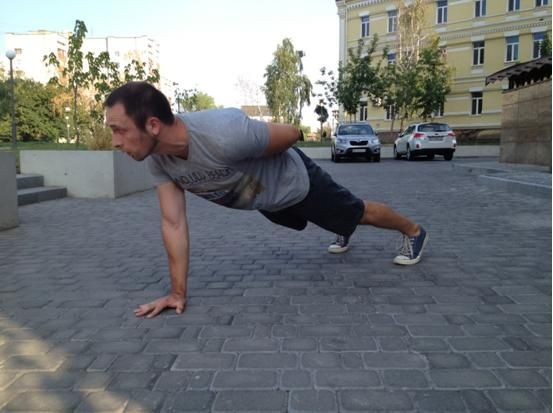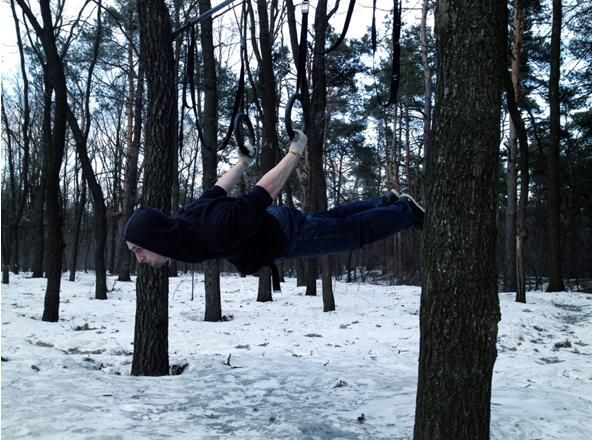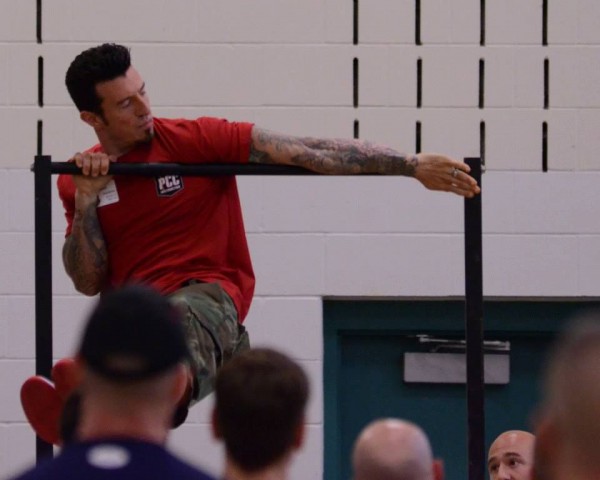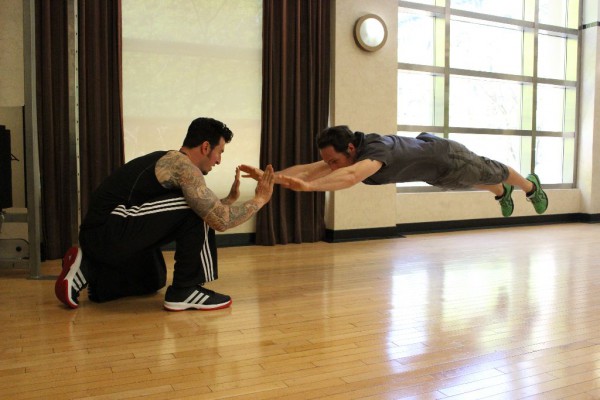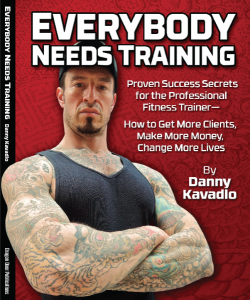
There is no denying it: The phenomenon known as Street Workout has built a mighty following over the years, a following that grows exponentially every single day.
What started with minimalist calisthenics crews in New York has spread across these great States, and all over the planet. While not exactly the same, Progressive Calisthenics and Street Workout do have a lot in common. Just look at the wild success of PCC Sweden (where participants trained on actual urban scaffolding!) and next month’s sold-out PCC Australia, not to mention upcoming events in Germany, Holland and Ireland. Clearly, the principles of Street Workout have become an international sensation. A movement, if you will.
And we are not slowing down. You can’t ignore us. Street Workout is just so damn fun and good for you! It sometimes seems like the fitness world is nothing more than a bloated bastion of isolated movements and impractical applications. Street Workout is a breath of fresh air.
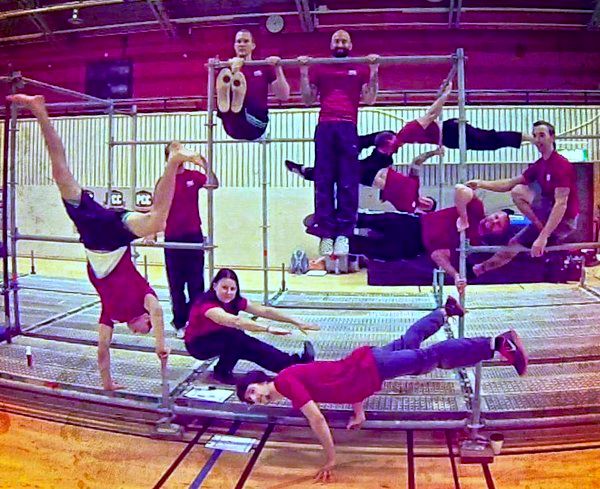
Do It Anywhere
To begin, it encourages us to tap into the creative, even artistic, part of our cerebrums. Whereas commercial gym members use multiple thousand-pound machines to train one muscle at a time, we can look at a pole, fence or street sign and come up with a dozen exercises on the spot. The ability to observe and use your surroundings is a human trait that’s dying these days. Free your mind. Further, unlike a gym, there’s no fee for this club. We welcome all comers.
I used to know a guy who would drive 40 minutes each way to a gym to train for 45. He could have ran flights of stairs, done dips on a bench and pull-ups off a ledge in a fraction of the time. Hell, he could have done push-ups right there on the street—that’s what I’m talkin’ about!

Real Strength
Street Workout is more than just efficient and visually impressive—it also makes you really freakin’ strong! By encouraging harmonious full body movements over isolation and non-cohesion, this style of training builds real world power! Modern classics like high-altitude pistol squats and scaffolding pull-ups employ more muscle groups and promote greater overall strength than traditional gym exercises like leg extensions or biceps curls. I’m a lot more impressed by someone who can confidently pull his or her body up and over a real object, than somebody who moves a weight straight up and down a machine!
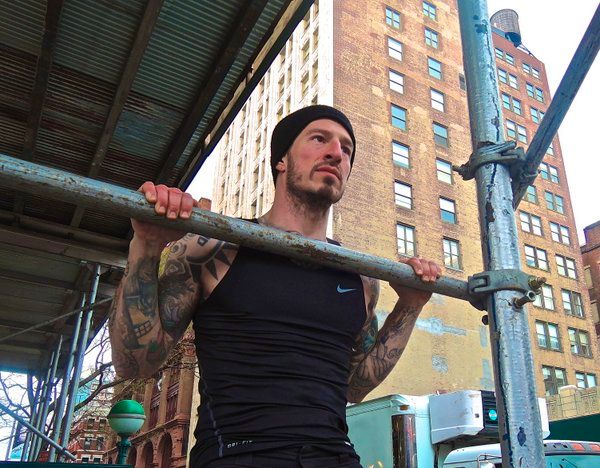
It’s Fun
We are born with a primal urge to be outside. We’re animals, not built to sit under florescent lights in climate controlled, window-less rooms all day. It’s bad enough that so many good people have to do this at their jobs. Why do it during your workout?
Have some fun. Breathe the air. Feel the sun. Outdoor training makes you feel like a kid again.

Community
This is the best part of all. Whenever and wherever there is a gathering of Street Workout enthusiasts, it’s like reuniting with old family, even if you’ve never met. The passion and energy are that intense. I can’t explain it, but there is a special kinship in our world, just as there is in the calisthenics community overall. I treasure being a part of it.
In his groundbreaking book, Raising the Bar, my brother and PCC Lead Instructor Al Kavadlo refers to it as “The Bar Brotherhood”.
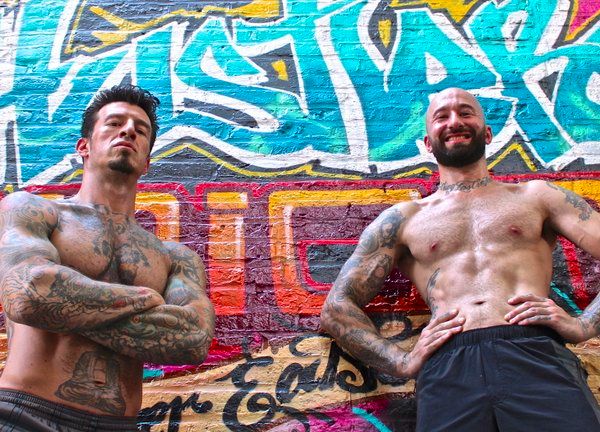
When all is said and done, working out, like life, should be full of challenges, fun and adventure. No training style embodies these elements quite like Street Workout does. So what are you waiting for? Let’s hit the pavement and train!
***
Danny Kavadlo is one of the world’s most established and respected personal trainers. He is a Master Instructor of Progressive Calisthenics and the author of Everybody Needs Training: Proven Success Secrets for the Professional Fitness Trainer. A true in-person experience, Danny is known globally as a motivator and leader in the body-weight community. Learn more about Danny at: www.DannyTheTrainer.com.
